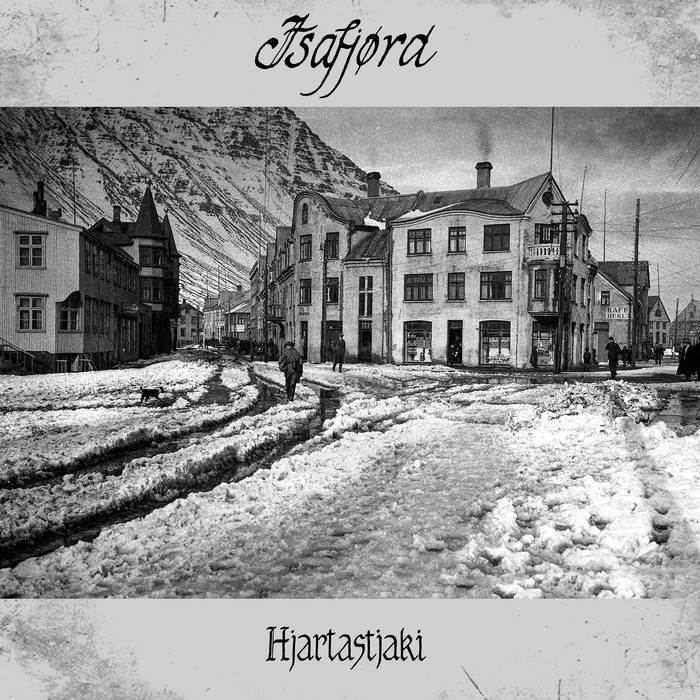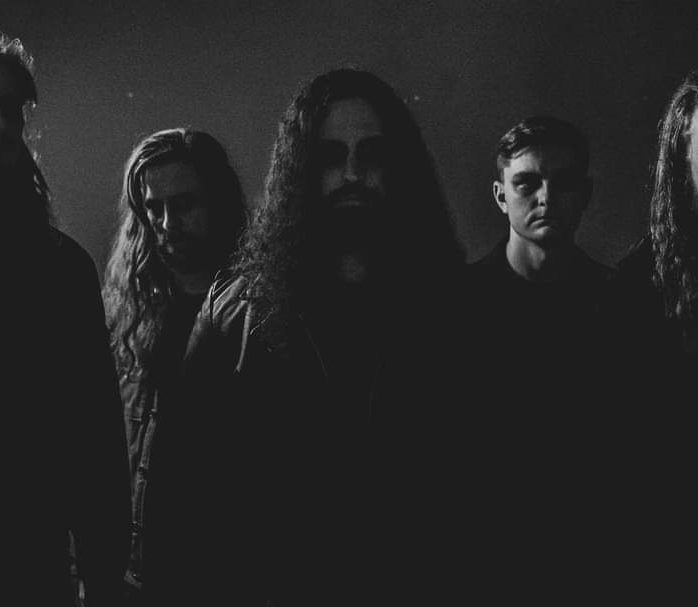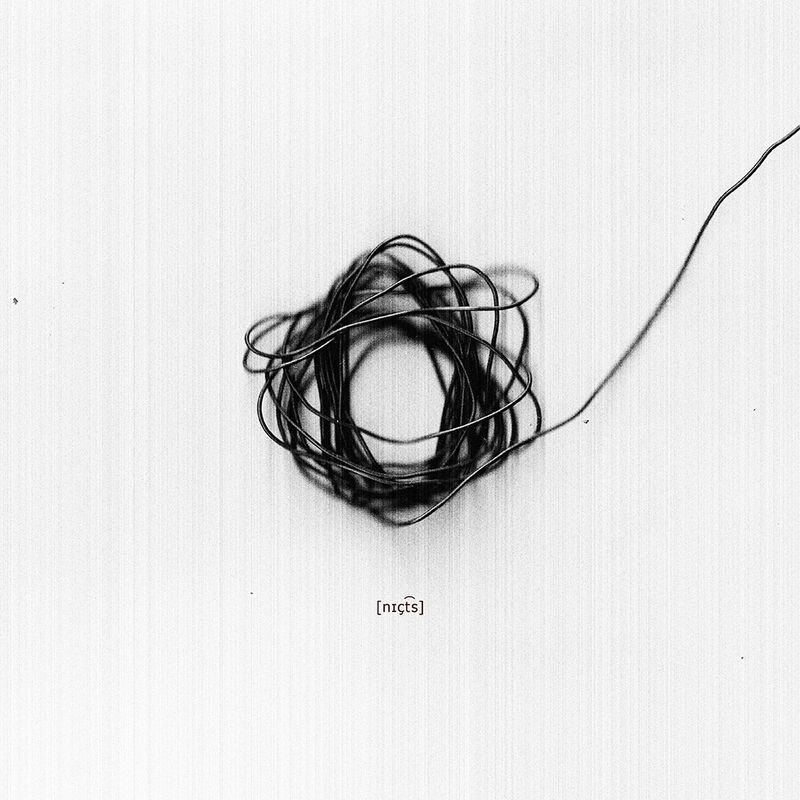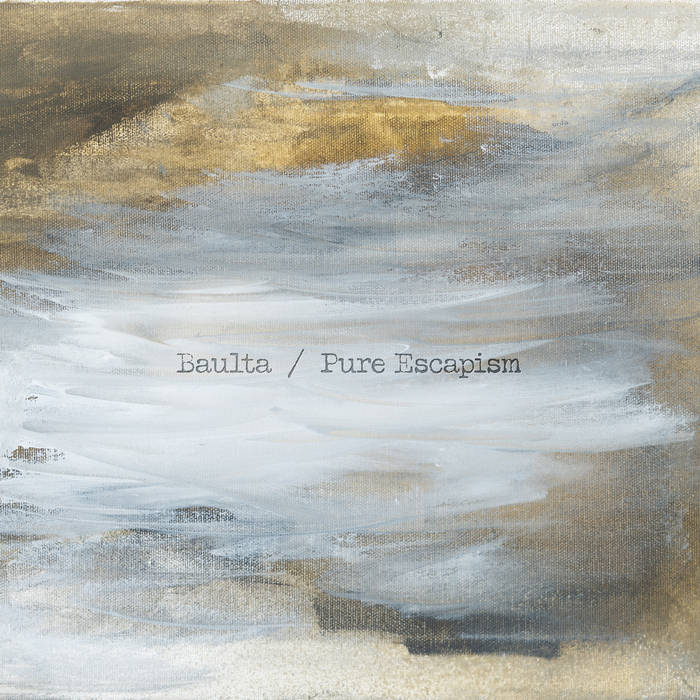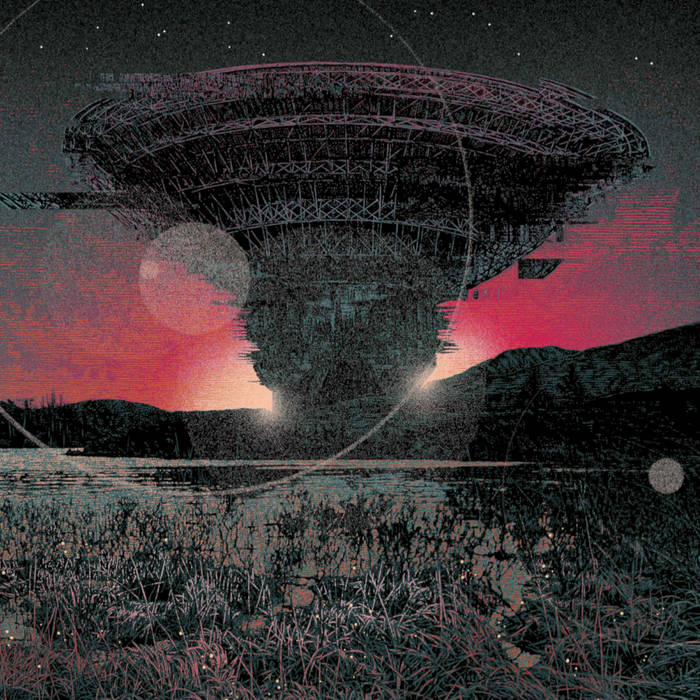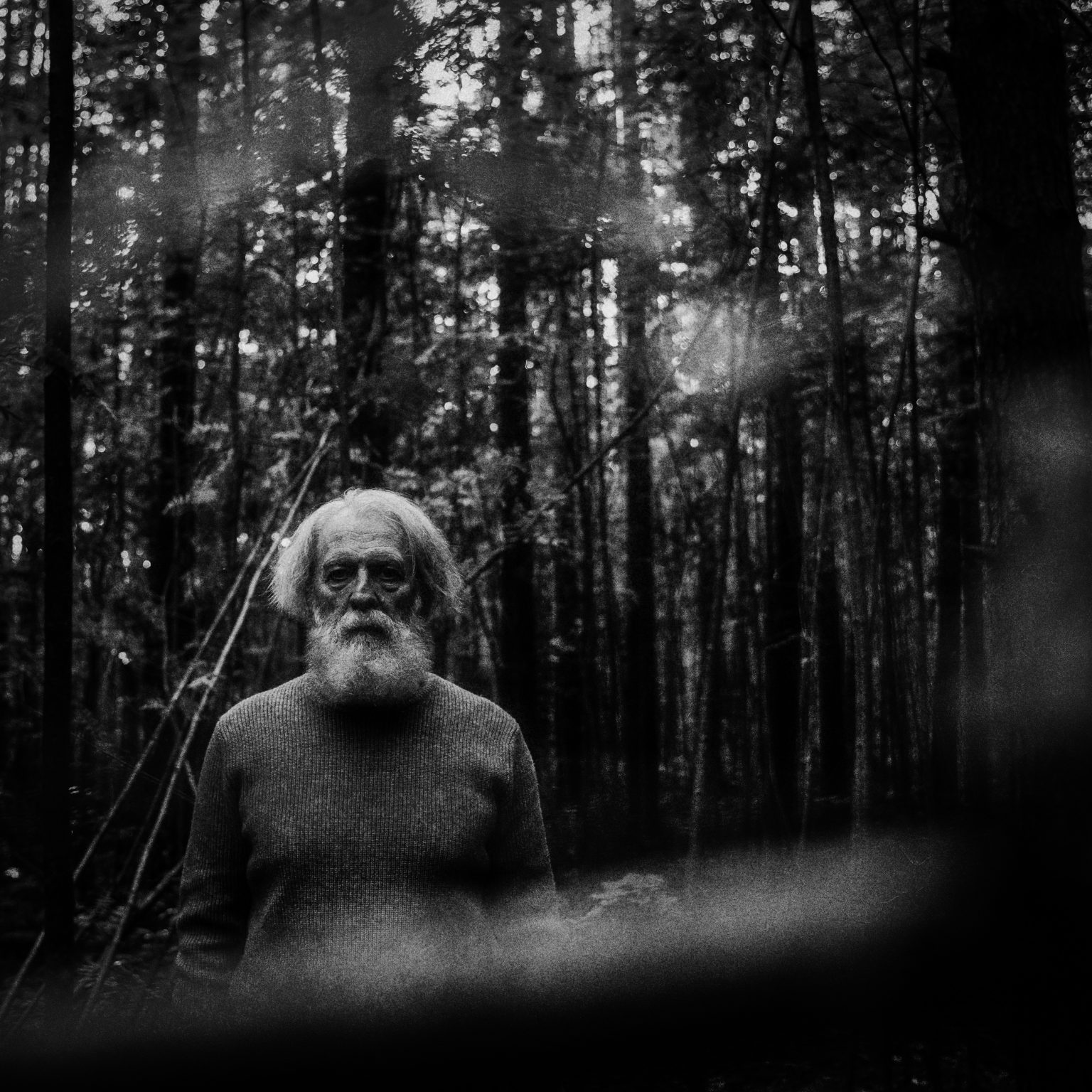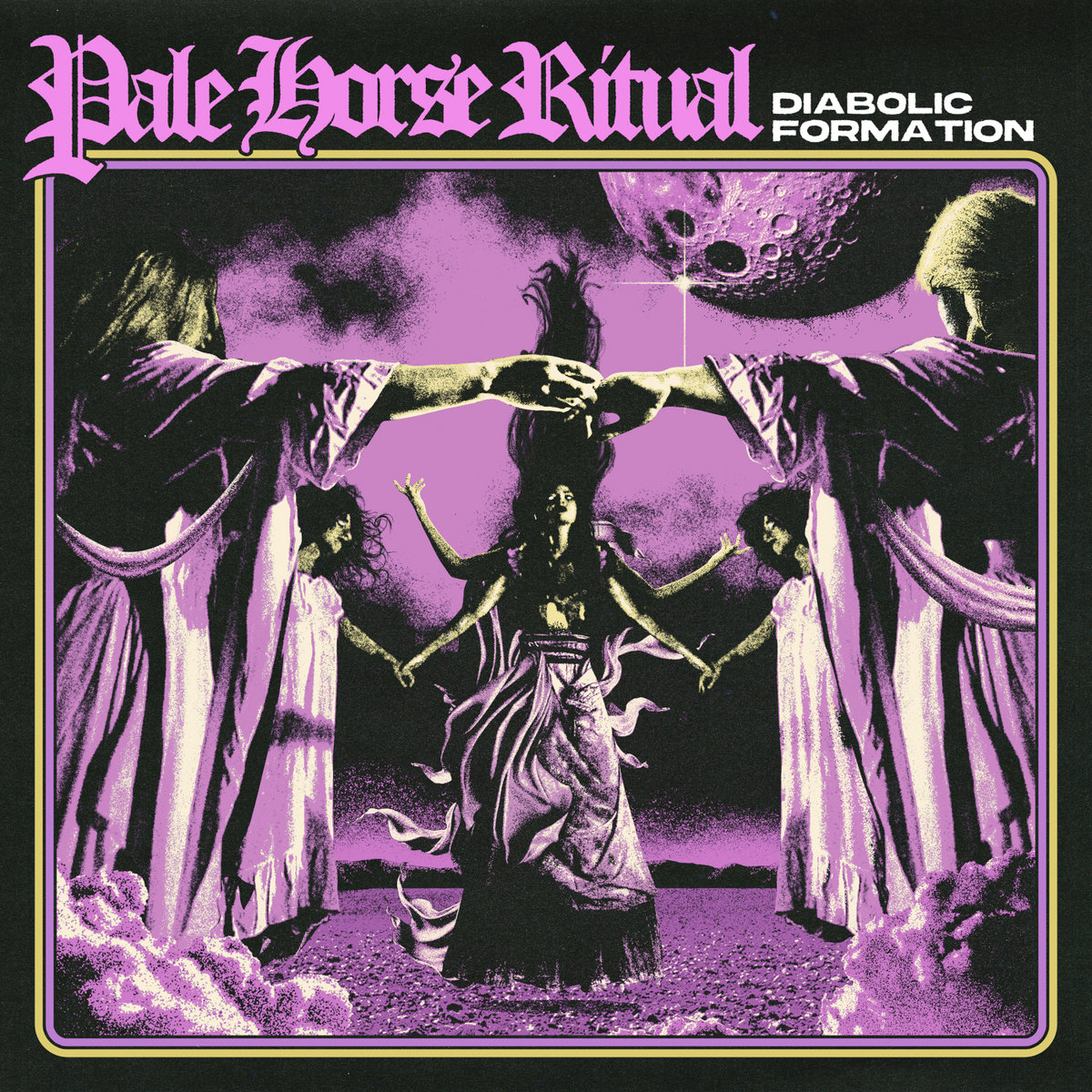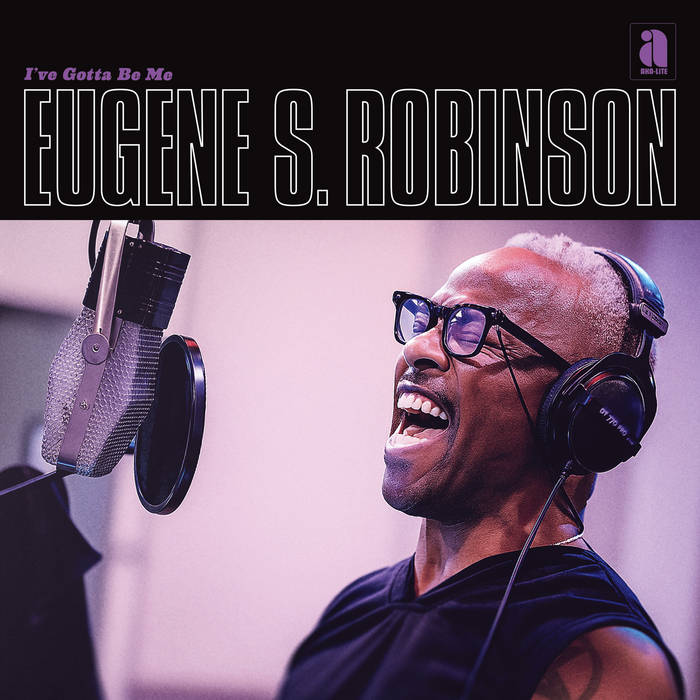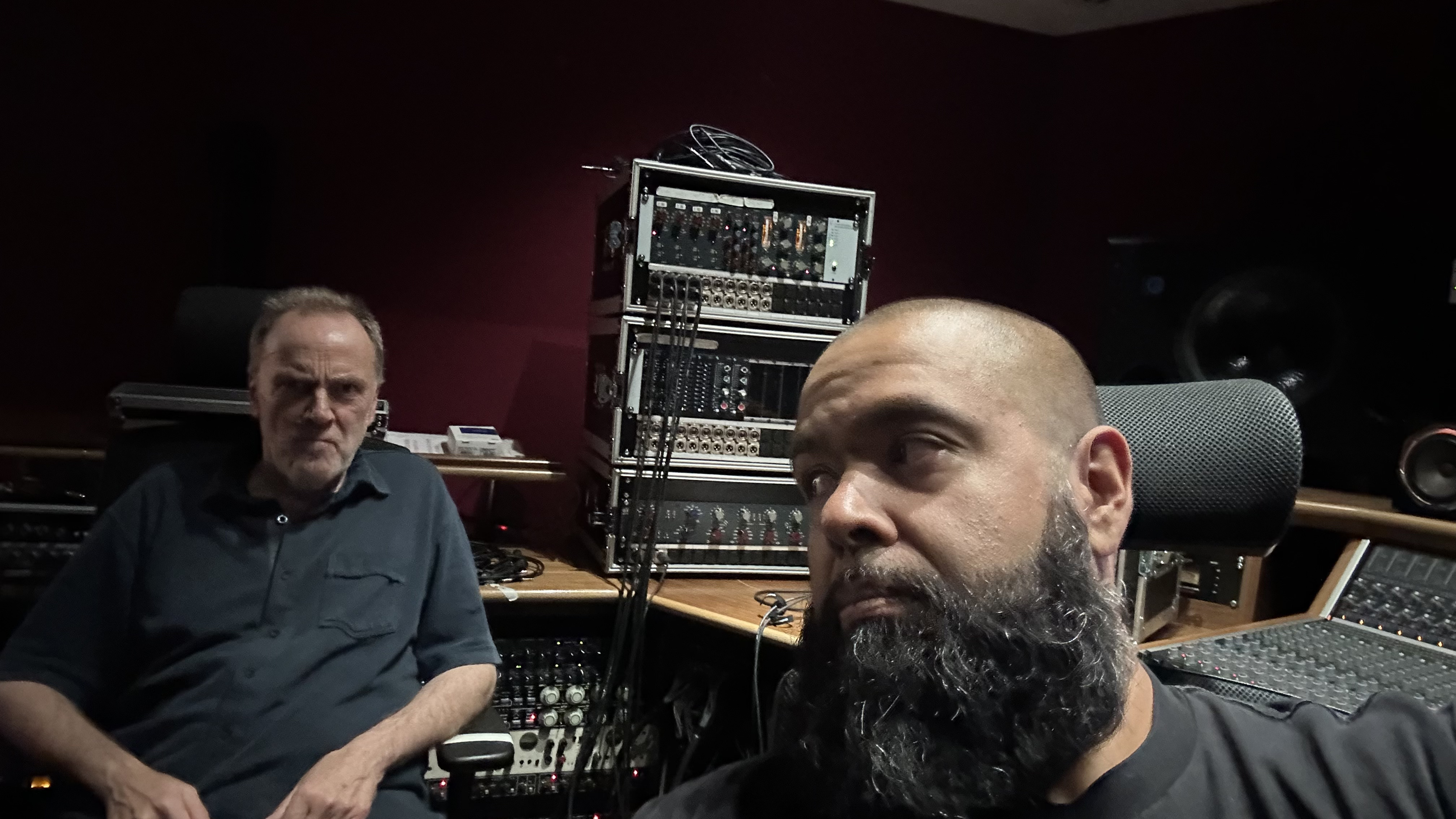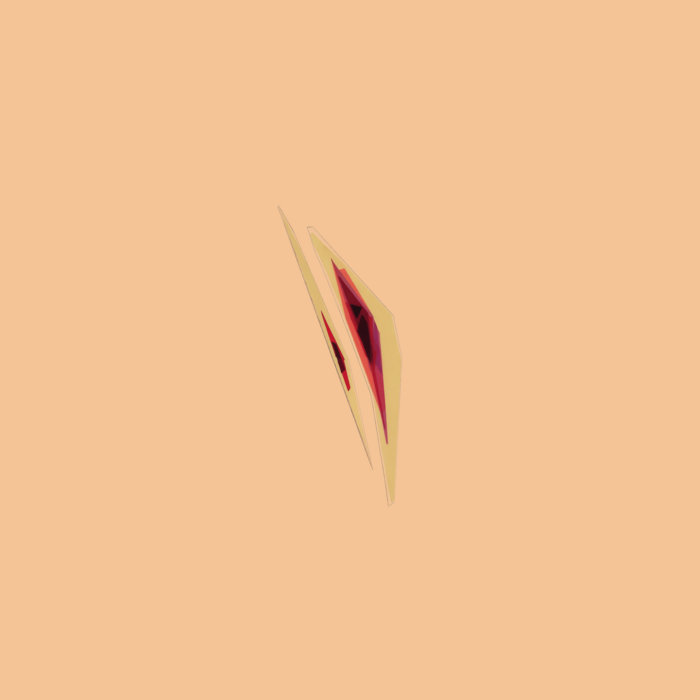Iceland. Music. Mention those two words and many ears prick up whether it is floating Ambient, Art Pop, Indie or any form of Metal. And Post Rock, of course. It is amazing how much impact the music from this country with about 370K inhabitants has gained through the years. And here is a new one: Isafjørd release an album filled with Post Rock songs where each song has the ability to give you an earworm for days.
Well, “a new one” might be a slight exaggeration. It is a newly formed band, but the two creative forces behind the band name are seasoned veterans on the Icelandic scene: Ragnar Zolberg of Sign/x and Pain of Salvation fame and Aðalbjörn Addi Tryggvason of Sólstafir fame. Zolberg also has a solo career releasing albums. The last one this October, Forest Lovesongs that shows his many sides as a composer and musician. A fine album you´ll find on Bandcamp. He deserves listeners.
But back to the release of Hjartastjaki. As mentioned, this is an album where songcraft and memorable melodies are the focus and embraced by the careful use of encircling instruments. Most notable is the use of the vocals, Tryggvason´s familiar raspy and angsty vocals contrasting Zolberg´s angelic strong vocals. Also notable are how they bring together a neo-classic piano with a mellow fuzzy guitar (ok, I know mellow and fuzzy might sound strange, but you will know what I mean on your first listen).
Although, on the first song, ”Falin Skemmd” we meet the soft side of Tryggvason´s voice, calm and clean as it slowly rises in the melodic themes that are being laid out to prepare for the vocals. The song slowly forms a melody via an ethereal, liquid organ and synth. A longing guitar is carefully laid over the slow rhythm and a deep end bass. The song descends slowly to make way for a change in pace to strengthen the fuzzy guitar a bit. When we are deep within the song, everything quiets down and the ambient soundscape makes place for Tryggvason´s calm vocals that place themselves on top of the melodic lines coming from the organ. A somewhat held-back fuzzy guitar comes back to resume the melody and facilitate stronger vocals from Tryggvason which are answered by Zolberg´s angelic and strong vocals. The music is slightly lifted and Tryggvason´s familiar angsty voice take over and is soon answered by Zolberg´s lucid one before the song fades away to the tune of rhythmic drumming.
And now you have an earworm. Because, as said, every song on this album has melodic themes that will resonate in you for a long time. The melodies might seem familiar, but that is because they are so catchy. Here we witness some astonishing songwriting which is executed faultlessly. Through their music they open up vast beautiful soundscapes like on ”Fjord of Hope where the neo-classic piano opens up the song and the vocals glide in harmony, seemingly sad and distressed. This song is doused by a fuzzy solo guitar that holds a memorable and cinematic melody throughout. It is so beautifully well done.
” Heiðin“. The fourth song. If there was any justice in the world of music - we know there is not - this one would top charts all over the world regardless of genres. This is Post Rock, or just songwriting and performing, at its best. They use the dynamics between the vocals in a captivating way. At the beginning there are these desolate sonics by bass and fuzzy guitar that reminds you that this is Icelandic cinematic music. The piano rises from these desolate sonics introducing the melodic theme. Soon the piano fades away to make space for the bass and a whispering, distorted guitar that supports the vocals. The pace shifts and the voice gives us the memorable melodic theme that will follow throughout the song beautifully supported by the piano. A mellow fuzzy guitar rises in the sonics and follows the melody in harmony with the vocals. I can dream, can´t I? The dream is that this song will be performed by a large choir supported by the audience singing along. At the bay of Ísafjörður.
It is amazing how they, throughout the album, use the instruments at hand to make these songs, like on ”Kuldaró” where the piano opens the song and brings on a cello and deep bass throughout to give depth as the vocals lay themselves hard over the melodic dream like soundscape and the piano leads on with a catchy melody. And on ”Njálssaga” they use a mighty organ following and supporting the vocals. But the song is really shaped by the ever-present mellow guitar until it glides into an endless, floating soundscape where we can hear a desperate vocal far away.
The album closes with “Andvök” and as with the previous song ”Njálssaga” it’s the song that comes close to ending with Post Rock crescendos, but not in the way it is normally executed. The song opens with a piano in harmony with an echoing guitar cautiously sliding forward towards the melodic theme the song is built around. There is a chorus vocalizing embracing the instruments with the occasional strong vocal. Supported by a fuzzy guitar and piano, a crescendo built up just to fade away leading to a vast open space before a new build up begins with sweeping sonics by the guitar while the piano keeps the pace and calms down in the middle of the sonic storm. And then it ends. And you will want to play it again - at once.

